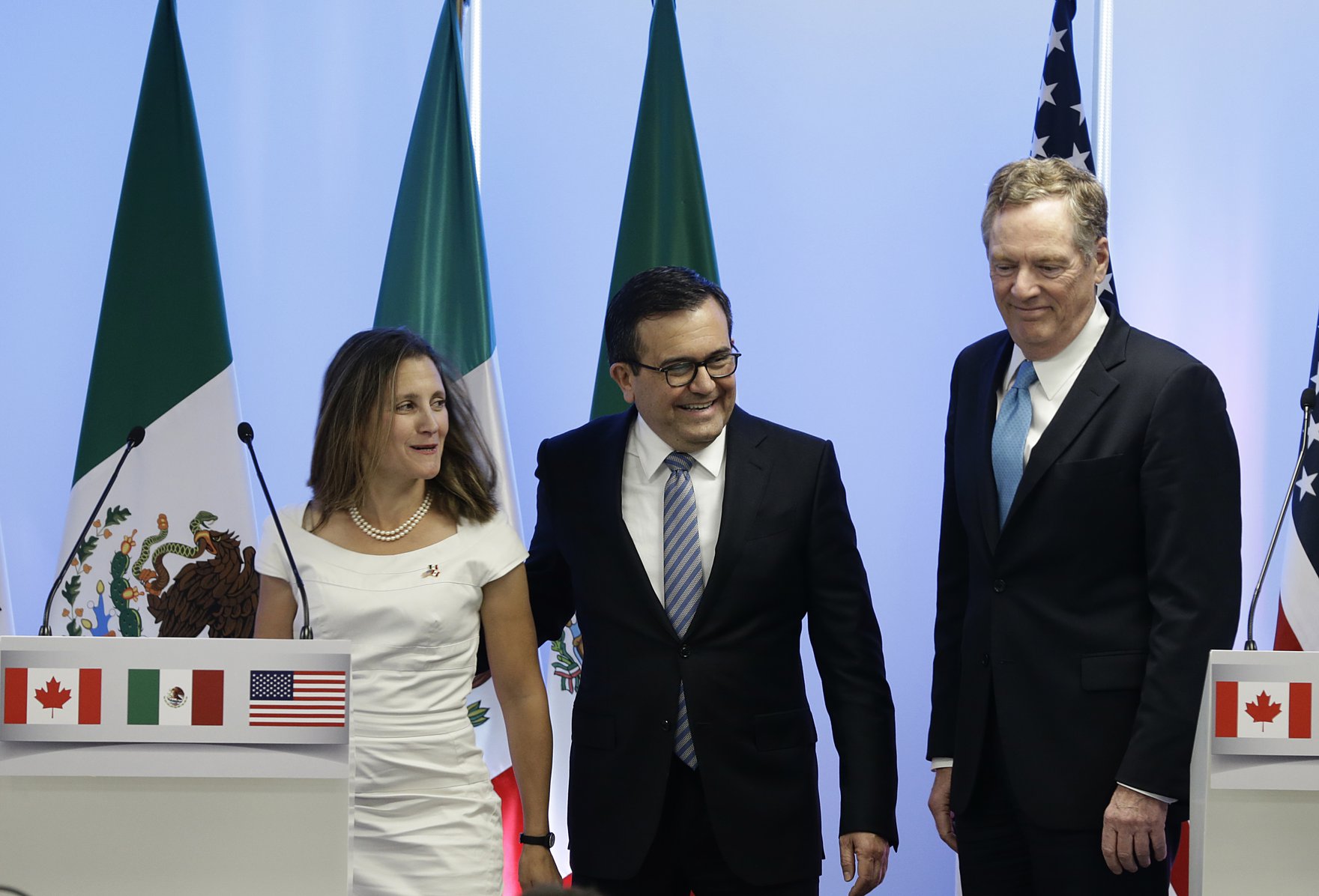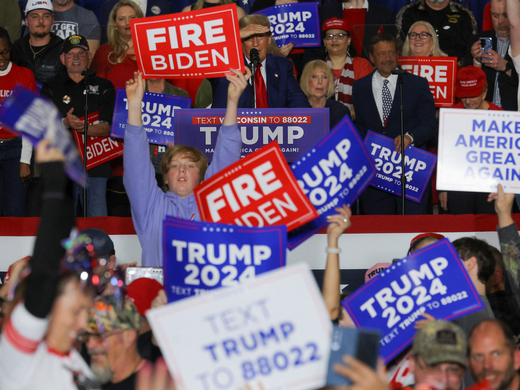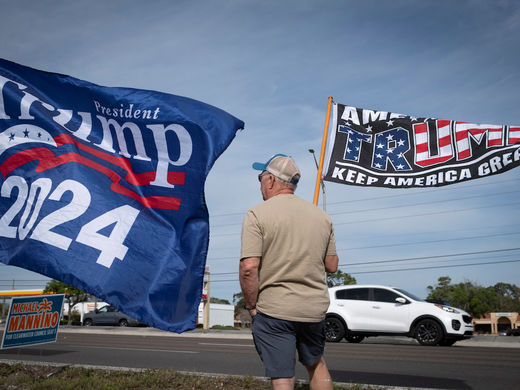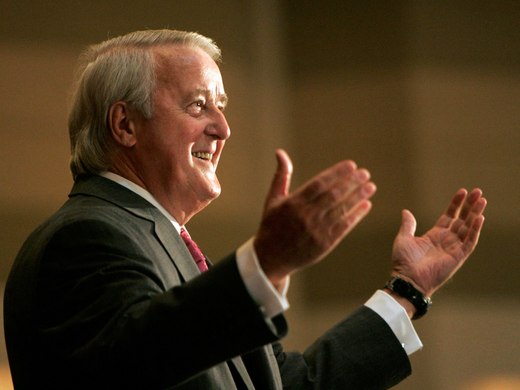It’s difficult to get a read on what’s really happening with the renegotiation of the North American Free Trade Agreement (NAFTA).
As the second round of talks drew to a close in Mexico City, the overall tone of the coverage was negative, pervaded by cynical spin and pessimism. Negotiations appeared to be going nowhere.
Then US Trade Representative Robert Lighthizer stepped up to a microphone as negotiators wrapped up the latest session.
“Our work continues at a record pace,” Lighthizer said. “By the end of this round, we will have tabled over two dozen chapters.” He wasn’t alone in expressing optimism. Canadian Foreign Affairs Minister Chrystia Freeland insisted work will continue at an “accelerated pace,” and all three ministers reaffirmed that they have a “shared goal of concluding the process towards the end of the year.”
Doubters are legion. Still, a “record” pace is a record pace. Things are happening, even if the five days of talks in Mexico left us little wiser about how the deal-making will unfold when negotiations resume in Ottawa at the end of the month.
There is no reason for businesses to panic. It’s important to remember that these are still early days, especially since there is no official deadline. If indeed the leaders of the three countries are serious about overhauling the agreement by the end of the year, there might just be time to get a deal.
There are reportedly 25 groups of negotiators working on various chapters, so the horsepower to move through swaths of text quickly is there.
To be sure, the issues tackled so far are the least contentious.
Inevitably, the vacuum created by the lack of substantive progress on tough files was filled with whispers and innuendo, so that anyone’s understanding of the state of play depends on where they get their news.
As round two wrapped, US media reported that Canada was giving the United States fits, after the Canadians apparently proposed that the revised agreement neuter anti-union “right-to-work” laws in states such as Alabama and Indiana.
Unsurprisingly, Canadian media reported that it was the Americans who were slowing things down — by insisting that it was up to Mexico City and Ottawa to make concessions, not Washington.
This is what happens when you leave dozens of hangers-on idling in corridors together for too long. The governments aren’t saying much, which puts primary information at a premium, and cedes the floor to lobbyists, who are happy to oblige waiting media with carefully crafted morsels.
That’s making the NAFTA talks difficult for interested observers to follow — and the hard bargaining hasn’t even begun yet.
The few well-informed NAFTA “sources” have been busy framing the talks in a way that will make them look good back home. Take Canada’s apparent bid for stricter labour rules.
The pitch may be genuine, and Freeland could even win some changes to NAFTA’s labour provisions. Still, no one seriously thinks the United States will agree to weakening “right-to-work” laws, if only because those are the states from which US President Donald Trump draws much of his support.
But it’s a clever bargaining tactic, and Freeland’s officials surely wanted the word to get out that they were trying.
Just to be clear, we’re not talking about fake news here. Most of the journalists covering NAFTA are doing their best to construct narratives out of the story fragments they gather on the edge of the action. As the talks continue, and the same reporters start bumping into the same negotiators at the hotel coffee shop, the information may get better. But to date, the NAFTA story that makes it to the public is being driven mostly by spin.
Most of the reporting on the final day of round two said rules of origin, dispute settlement, labour rights, Canada’s protected dairy market and the US obsession with narrowing its trade deficits will bring conflict in the months ahead. We knew that on the day Lighthizer published his negotiating objectives back in July.
But negotiating is a process, and an early exchange of exaggerations and half-truths is part of it.
One other thing observers and media agreed on was that the serious horse-trading would begin during the third round of talks in Ottawa, September 23 to 27. It will have to, if claims of a quick deal are to remain at all plausible.



